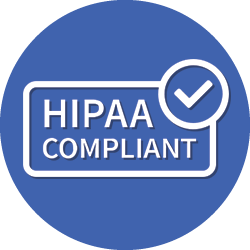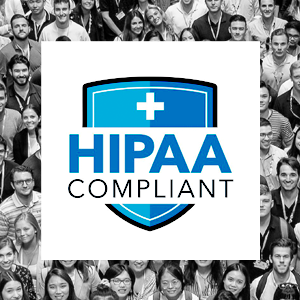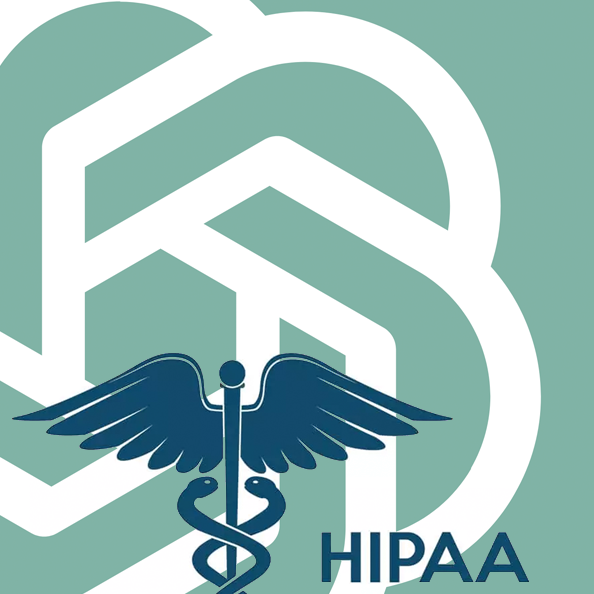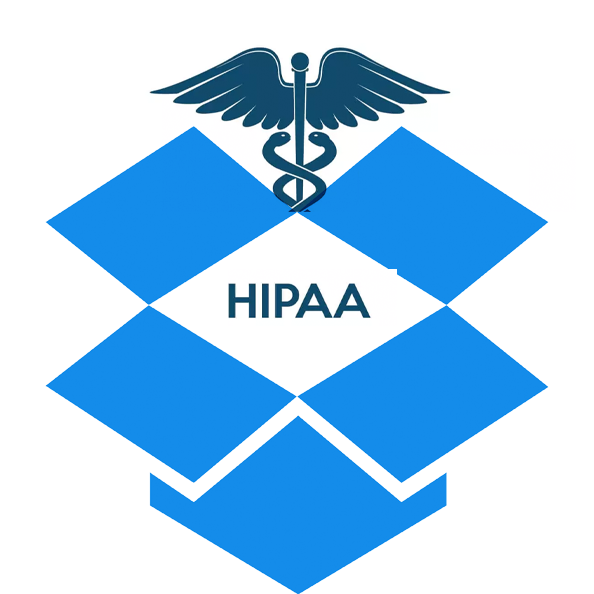What is HIPAA?
What is it for and why is it important?
 The Health Insurance Portability and Accountability Act (HIPAA) is a United States legislation, signed in 1996. The goal of HIPAA was to standardize the electronic transmission of medical transactions.
The Health Insurance Portability and Accountability Act (HIPAA) is a United States legislation, signed in 1996. The goal of HIPAA was to standardize the electronic transmission of medical transactions.
So basically, HIPAA protects each individual’s medical information while also providing continuous health insurance coverage for workers who might lose or change their jobs.
In addition to its main goals, HIPAA helps to protect against fraud, wasted health insurance and healthcare, and abuse. It also makes it easier to acquire long-term care and insurance.
HIPAA Break-Down
- Title I
Title I gives health insurance coverage protection to workers who have lost or changed jobs. It also ensures that people with certain diseases and conditions are not denied health care coverage from group health plans. - Title II
Title II establishes standards for processing electronic healthcare transactions while ensuring that, through these transactions, medical information is kept secure and private. - Title III
Title III lays out medical care and tax-related provisions guidelines. - Title IV
Title IV puts into effect the application and enforcement of requirements for group health plans. It also lays out further regulations for health insurance reform regarding those with pre-existing conditions, certain diseases, or those looking for continued medical coverage. - Title V
Title V is in regard to company-owned life insurance and medical treatment of those who lose U.S. citizenship.
When is HIPAA Most Relevant?
HIPAA becomes most relevant in the medical world—especially regarding Title II. This makes it easier for medical information to be electronically processed while also making sure that the information being processed is kept totally confidential.
Title II also lays out guidelines and steps for healthcare providers to follow so that they can make sure that their patient’s medical information is kept protected and secure.
What’s the Best Way to Transmit Medical Information While Keeping It Secure?
Although faxing is sometimes considered an outdated way to transmit information, when it comes to the medical industry this is not the case. Faxing is still commonly used, and rightly so. This, over any other form of information transmission, is a highly secure means of information transmission. Its high level of security makes it a great way for medical information to be shared without major concern about the hacking of confidential information. Additionally, fax has the added benefit of being legally binding – allowing medical release documents with signatures to be transmitted.
What Makes Faxing Secure?
Fax uses the Public Switched Telephone Network (PSTN) and the SS-7 network for data transmission. This network has long been considered a secure means of transmission. The security features of the PSTN are mainly due to the point-to-point nature of transmission. Telephone carriers provide physical security for the network, and provide guarantees that the phone number will reach the intended recipient to prevent mis-delivery of information. The closed nature of the PSTN makes it a next-to-impossible target for hackers.
Other mediums such as email are far less secure. This is because information is stored, saved, copied, and forwarded multiple times often with no encryption, which makes it a far less secure means of communication.


